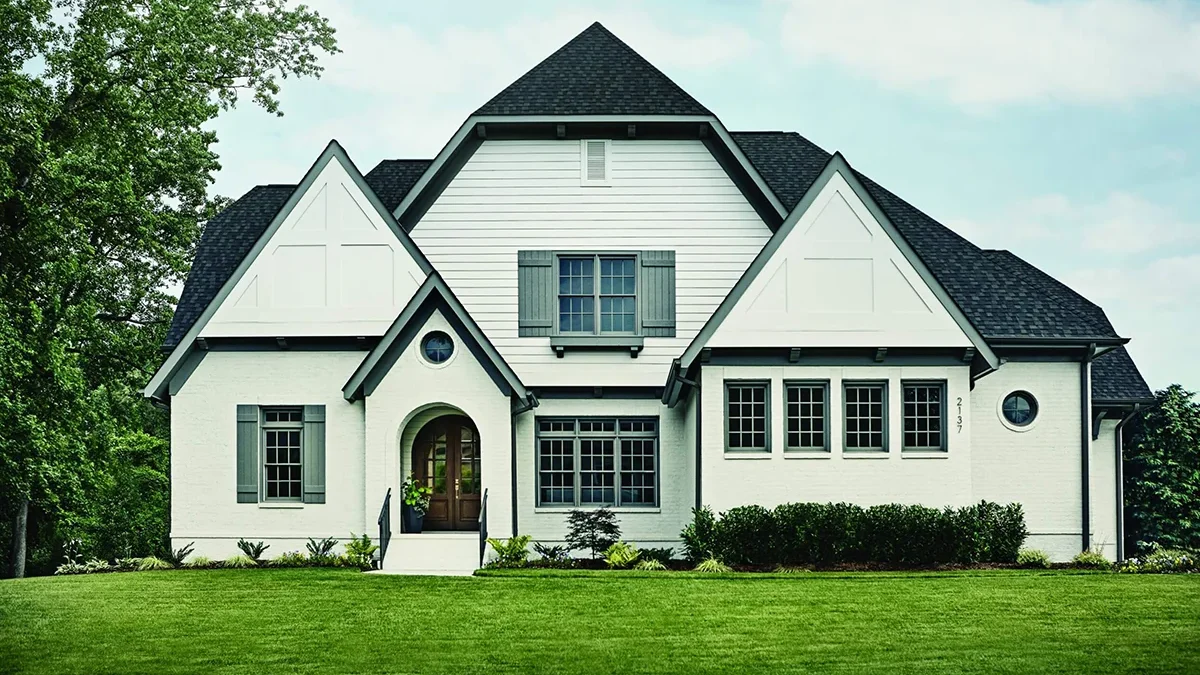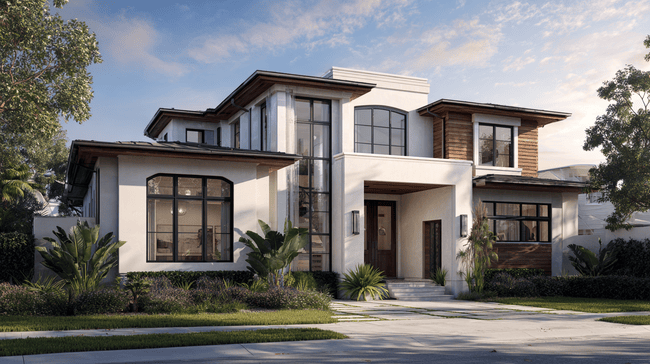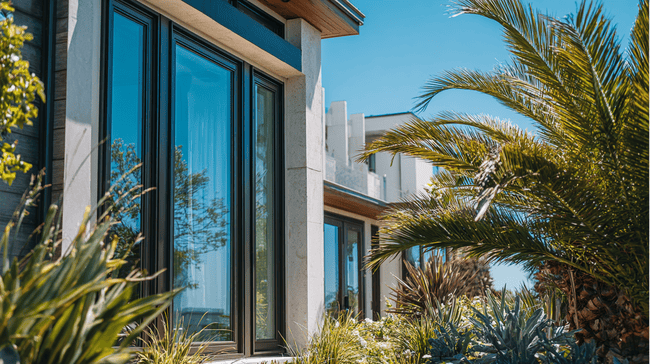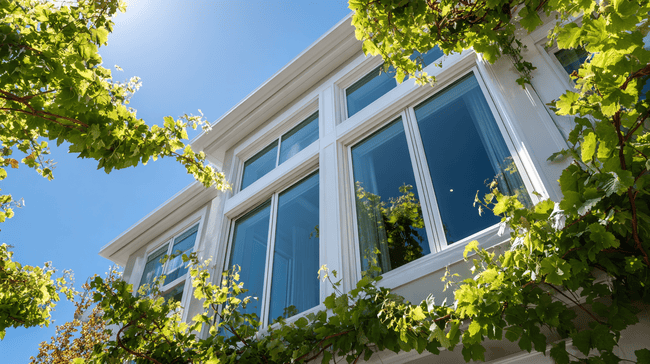The Importance of Window Authenticity in Historic Settings
Windows play a pivotal role in establishing the character and era-specific charm of historic buildings. When considering Irvine CA, windows upgrade in such structures, particularly in areas that value historical preservation, it’s crucial to maintain authentic proportions, profiles, and materials. Regulations often demand that windows closely match the originals in size, shape, sash profile, muntin pattern, color, and even types of glass. By retaining these key attributes through meticulous design or customized replication techniques—a service provided by reputable businesses like Mancino Door & Window, Inc.—owners can ensure their renovations respect both history and municipal guidelines.
Balancing Modern Performance with Period-Appropriate Details
Replacing historic windows doesn’t mean sacrificing the benefits of modern technologies such as energy efficiency or durability. Preservation policies frequently allow for modern improvements, provided they do not compromise the exterior authenticity. Innovations like simulated divided-lite bars can mimic traditional muntins while allowing for efficient double-glazing behind the scenes. High-performance options such as wood-clad aluminum or fiberglass frames painted to resemble original materials can be incorporated on secondary elevations where visibility from public spaces is minimal. Even low-emissivity (low-e) glass may be permissible if it avoids noticeable reflection or unnatural tints affecting a building’s façade.
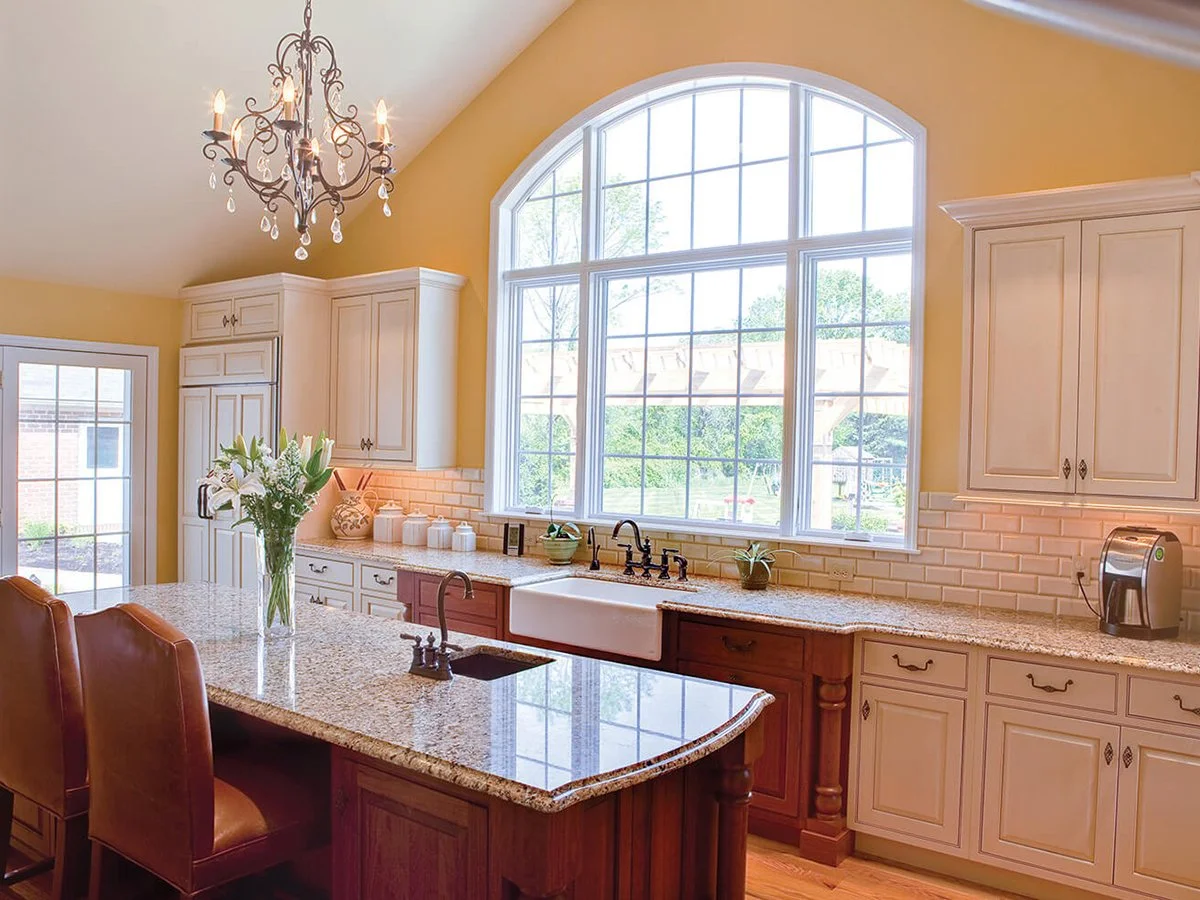 Material Choices That Honor History
Material Choices That Honor History
Most preservation dictates strongly favor wood or aluminum-clad wood for replacement units because these materials best replicate the appearance and tactile qualities of original 19th and early 20th-century windows. Mass-market vinyl alternatives are generally discouraged due to their incompatibility with period aesthetics and texture. Where restoration is viable as opposed to total replacement, retaining existing frames while replacing only sashes (the movable portion holding glass) helps conserve both architectural heritage and sustainability value by minimizing new material usage.
Navigating Local Guidelines for Window Replacement Approval
Historic districts often have review processes to ensure any proposed changes uphold architectural integrity. Applications typically involve providing documentation, including photographs of current conditions, detailed drawings specifying style, material samples, paint colors, and sometimes evidence that repair rather than replacement has been fully considered first. Approval authorities prioritize:
- Preserving original openings without altering size
- Retaining decorative trim/moldings
- Matching exterior sightlines
All modifications must avoid diminishing a building’s recognized historical value, making compliance with established standards a vital part of any windows project.
Sustainable Restoration Versus Complete Replacement: A Preservation Perspective
Window restoration is often preferred over full-scale replacement where feasible. Professional repair extends longevity beyond what most modern replacements can offer due to the superior old-growth lumber historically used—a restored period window may last well over 100 years compared to 15–25 years typical for today’s market units. Restoration work might include repairing rotted sections, weatherproofing existing sashes, and adding interior storm panels for energy savings while preserving exterior appearances.
When windows are truly beyond repair—for example, due to excessive rot or unsalvageable damage—the accepted standard is “replacement in kind.” This means new units exactly reproduce lost originals’ looks using matching materials, when possible, ultimately ensuring transitions remain nearly undetectable from the street view.
The Flexibility Required When No Original Windows Remain
Where all traces of historic fenestration have vanished or non-historic alterations predate regulations, replacements should still fit within original masonry openings as determined by archival photos or drawings whenever available. The goal remains ensuring compatibility, so new installations harmonize visually with surrounding contexts rather than standing out as clearly modern additions.
Accommodating budgetary limits is possible by accepting select substitute materials on less-exposed façades without appreciably altering building character. All proposals must nonetheless fill prior voids accurately to maintain the overall rhythm and symmetry critical to architectural identity.
Adapting Historic Sensibility for Present-Day Needs
Integrating Irvine, CA windows into protected buildings requires understanding regulatory frameworks designed for preservation not just of physical fabric, but also of the collective narrative contained within each paneled façade. Trusted providers bring technical expertise and local awareness, indispensable when shepherding projects from concept through approval toward cherished renewal.
Recognizing that successful blending relies upon fidelity at every detail level—from muntins’ silhouettes against sunset light to hand-rubbed finishes on sash rails—property owners respect yesterday’s artistry even as tomorrow’s needs take precedence. Validating this careful stewardship enriches neighborhoods aesthetically while supporting utility costs along with occupant comfort—a fusion emblematic of thoughtful modernization using quality window solutions matched precisely against storied legacies spanning generations.

